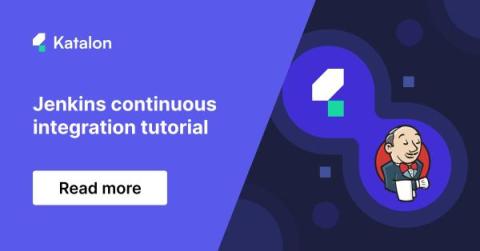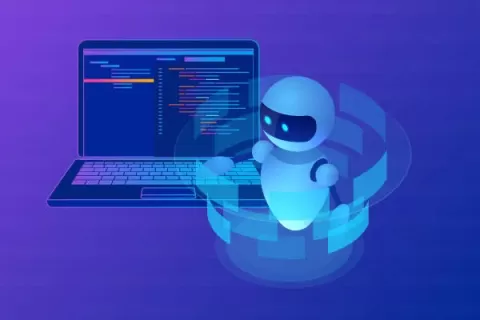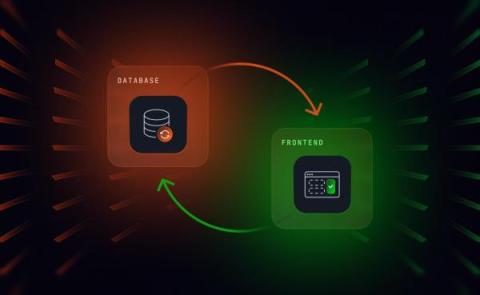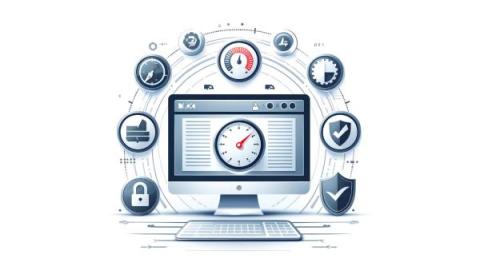Not All MFA is Created Equal, Especially in CIAM
In many industries (finance and healthcare, to name a couple), regulations require the use of multi-factor authentication (MFA) to protect access to sensitive data and transactions. Also, an important executive order was issued, aimed at improving the cybersecurity posture within the US government by requiring all federal agencies to adopt MFA systems. Regulations and standards like these will continue to spread over more industries and transaction types.











